Home>Ideas and Tips>How To Design A Raised Bed Vegetable Garden
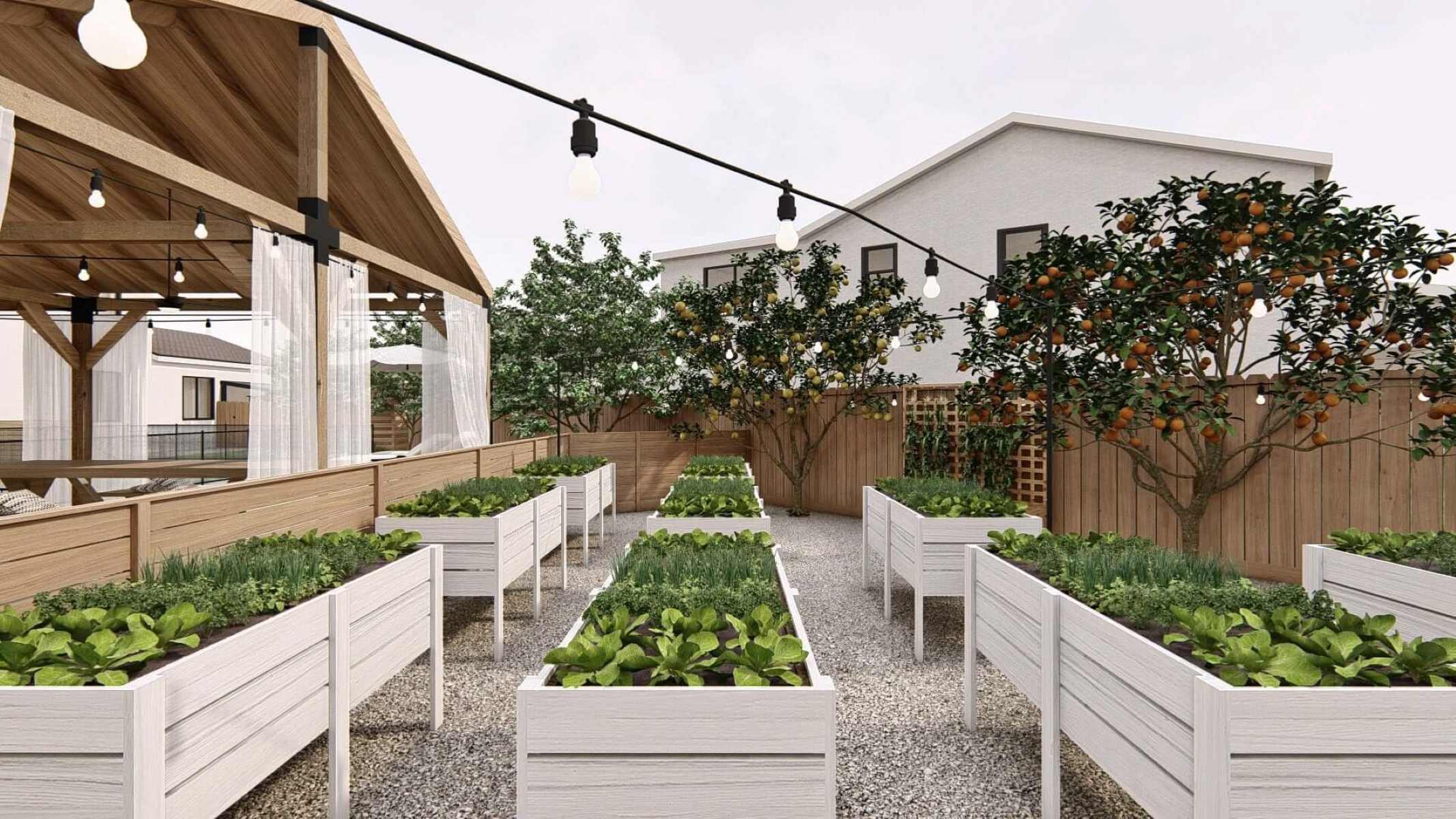

Ideas and Tips
How To Design A Raised Bed Vegetable Garden
Modified: October 28, 2024
Learn how to design a raised bed vegetable garden with our step-by-step guide. Improve soil quality, drainage, and accessibility for a thriving garden.
(Many of the links in this article redirect to a specific reviewed product. Your purchase of these products through affiliate links helps to generate commission for Storables.com, at no extra cost. Learn more)
Introduction
Creating a raised bed vegetable garden is an excellent way to grow your own fruits and vegetables, especially if you have limited space or poor soil quality. Raised beds are elevated plots of land that are typically 3-4 feet high and 4-8 feet wide. They offer several advantages over traditional in-ground gardens, including better drainage, improved soil quality, and easier access for planting and harvesting. In this article, we will guide you through the process of designing and building a raised bed vegetable garden that suits your needs.
Read more: How To Start A Raised Bed Garden
Step 1: Choose the Right Location
Before you start designing your raised bed vegetable garden, it is crucial to choose the right location. Here are some factors to consider:
- Sunlight: Most vegetables require at least 6 hours of direct sunlight per day. Ensure that your chosen location receives sufficient sunlight.
- Accessibility: The location should be easily accessible for you to plant, maintain, and harvest your vegetables.
- Drainage: Avoid areas with poor drainage as they can lead to waterlogged soil, which is detrimental to plant growth.
- Wind Protection: If you live in an area with strong winds, consider a location that provides some protection for your plants.
Step 2: Plan Your Garden Layout
Once you have chosen the right location, it's time to plan your garden layout. Here are some popular layouts and factors to consider:
Popular Layouts
- Linear Layout: This is one of the simplest layouts where you plant rows of vegetables in a straight line.
- Square Foot Gardening: This method involves dividing the bed into small squares (usually 1×1 foot) and planting different vegetables in each square.
- Pyramid Layout: This layout involves planting vegetables in a triangular pattern, which can help maximize space.
- Mixed Bed Layout: This layout involves planting a variety of vegetables together in the same bed.
Factors to Consider
- Crop Rotation: Rotate your crops seasonally to maintain soil health and prevent pests and diseases from building up.
- Companion Planting: Some vegetables benefit from being planted alongside others (e.g., basil with tomatoes). Research which plants complement each other.
- Soil Quality: Ensure that your raised bed has good drainage and well-draining soil mix specifically designed for vegetable gardens.
- Accessibility: Make sure that your layout allows for easy access to all parts of the bed without having to step into the bed itself.
Read more: Why A Raised Garden Bed
Step 3: Prepare Your Raised Bed
Preparing your raised bed is crucial for successful plant growth. Here’s how you can do it:
Materials Needed
- Wood or Composite Lumber: For the frame of your raised bed.
- Soil Mix: A well-draining mix specifically designed for vegetable gardens.
- Compost: To enrich the soil with nutrients.
- Mulch: To retain moisture and suppress weeds.
Building the Frame
- Measure and Cut Lumber: Measure out your desired dimensions and cut the lumber accordingly.
- Assemble Frame: Use screws or nails to assemble the frame, ensuring it is sturdy and level.
- Add Bottom Slats: If desired, add bottom slats for better drainage.
Filling the Bed
- Soil Mix: Fill the bed with a well-draining soil mix specifically designed for vegetable gardens.
- Compost: Add compost to enrich the soil with nutrients.
- Mulch: Spread mulch over the top of the soil to retain moisture and suppress weeds.
Step 4: Plant Your Vegetables
Once your raised bed is prepared, it’s time to plant your vegetables. Here are some tips:
Plant Selection
- Climate Suitability: Choose plants that are suitable for your climate zone (refer to USDA Plant Hardiness Zone Map).
- Seasonal Planting: Plant seasonal vegetables at the right time (e.g., spring for cool-season crops like broccoli and carrots).
Planting Techniques
- Depth: Plant seeds at the correct depth according to their specific requirements.
- Spacing: Ensure that you leave enough space between each plant for proper growth and air circulation.
- Watering: Water thoroughly after planting and keep the soil consistently moist during the first few weeks after planting.
Step 5: Maintain Your Garden
Maintaining your raised bed vegetable garden is crucial for its success. Here are some tips:
Read more: What Is A Raised Garden Bed
Watering
- Consistent Moisture: Keep the soil consistently moist but not waterlogged.
- Avoid Overwatering: Avoid overwatering which can lead to root rot and other issues.
Fertilization
- Compost Tea: Use compost tea as a natural fertilizer.
- Balanced Fertilizer: Apply a balanced fertilizer according to the manufacturer’s instructions.
Pest Control
- Organic Methods: Use organic methods such as neem oil or diatomaceous earth to control pests.
- Crop Rotation: Rotate your crops seasonally to prevent pests and diseases from building up.
Harvesting
- Timing: Harvest vegetables at the right time when they are ripe and ready.
- Tools: Use proper tools like a garden fork or knife for harvesting without damaging the plants.
Read more: How To Seal A Raised Garden Bed
Conclusion
Designing a raised bed vegetable garden is a rewarding experience that can provide you with fresh produce right in your backyard. By following these steps—choosing the right location, planning your garden layout, preparing your raised bed, planting your vegetables, and maintaining your garden—you can create an optimal environment for your plants to flourish. Remember to stay informed about climate suitability, seasonal planting times, and pest control methods specific to your region. With these tips and a bit of patience, you'll be enjoying homegrown vegetables in no time!
Additional Tips
Understanding Garden Zones
Understanding garden zones is crucial for selecting plants that are well-suited to your local climate. For example, Oklahoma City falls within USDA Plant Hardiness Zones 7a and 7b. By knowing your garden zone, you can choose plants that have a higher chance of flourishing in that particular environment. This not only saves time and effort but also reduces the risk of plant failure.
Resource Optimization
Understanding garden zones helps in optimizing resources such as water, fertilizer, and sunlight. By selecting plants that are suitable for your garden zone, you can ensure efficient resource utilization leading to healthier plants and a more sustainable garden.
Read more: How To Cover A Raised Garden Bed
AI-Powered Garden Planning
Consider using an AI-powered garden planner like AIGardenPlanner which provides personalized recommendations tailored to your unique location and preferences. These tools can help you design a raised bed vegetable garden layout that suits your needs by taking into account factors such as soil quality, sunlight exposure, and watering needs.
By incorporating these advanced tools into your gardening routine along with traditional methods outlined above will help you create an optimal environment for your raised bed vegetable garden ensuring successful growth and high yields.
References
For more detailed information on gardening zones and plant selection refer to the USDA Plant Hardiness Zone Map which provides a comprehensive guide to gardening zones across the United States. Additionally, articles like "Understanding Garden Zones: A Guide to Oklahoma City's Climate and Plant Selection" offer valuable insights into climate suitability and plant selection specific to different regions.
Was this page helpful?
At Storables.com, we guarantee accurate and reliable information. Our content, validated by Expert Board Contributors, is crafted following stringent Editorial Policies. We're committed to providing you with well-researched, expert-backed insights for all your informational needs.
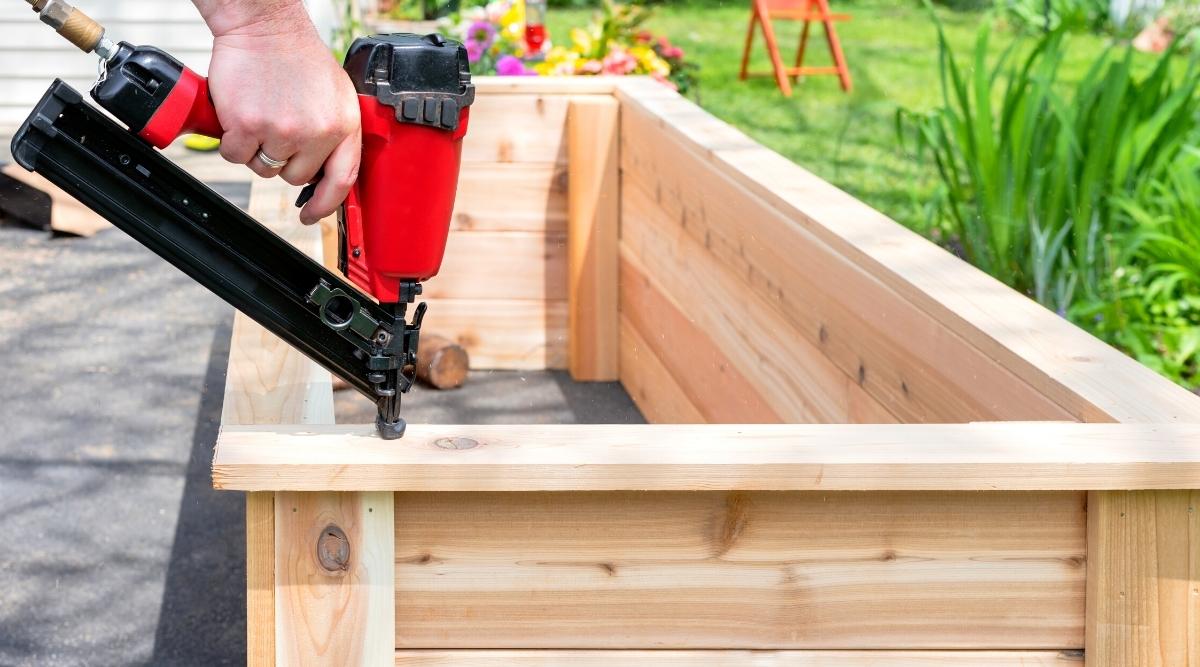
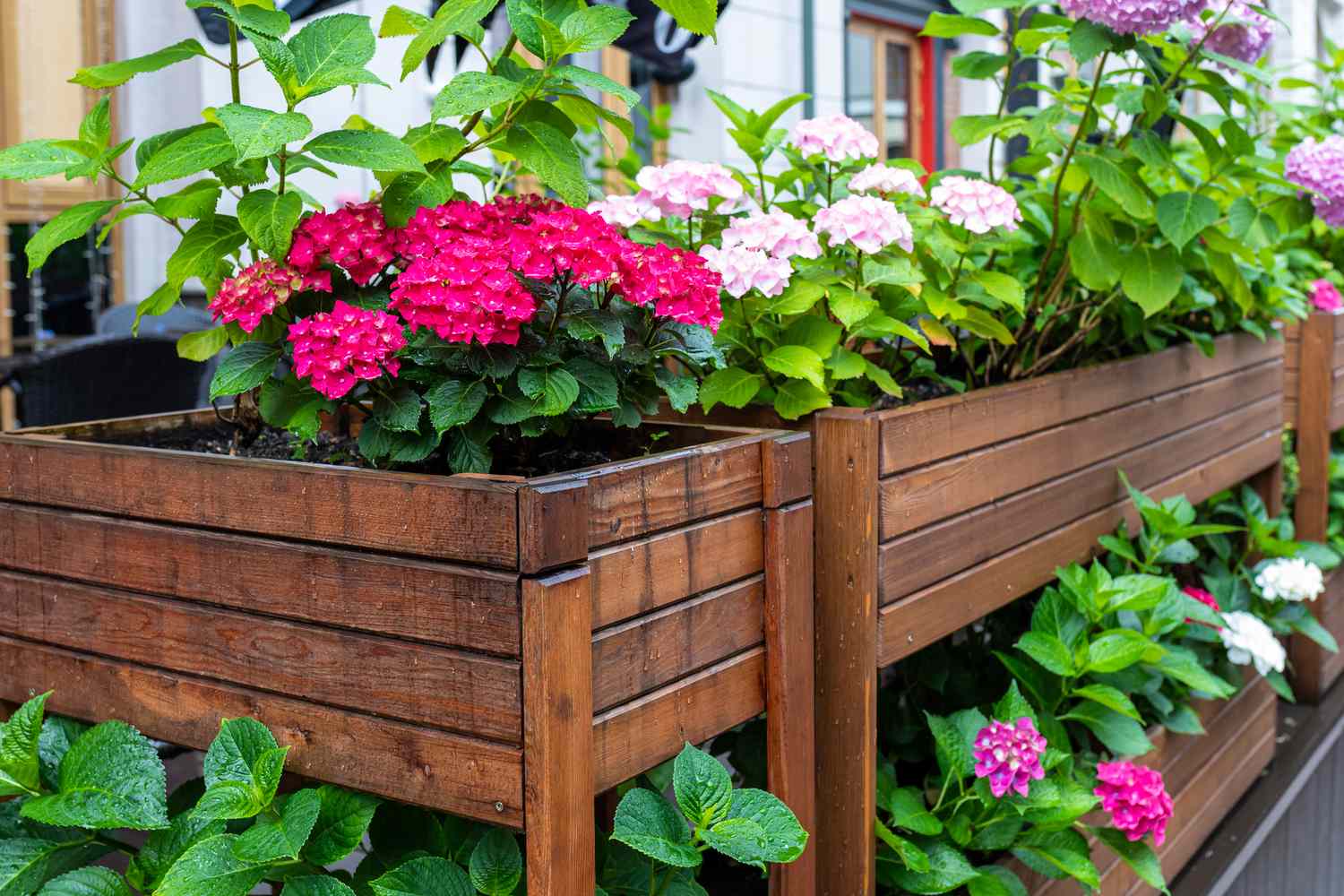
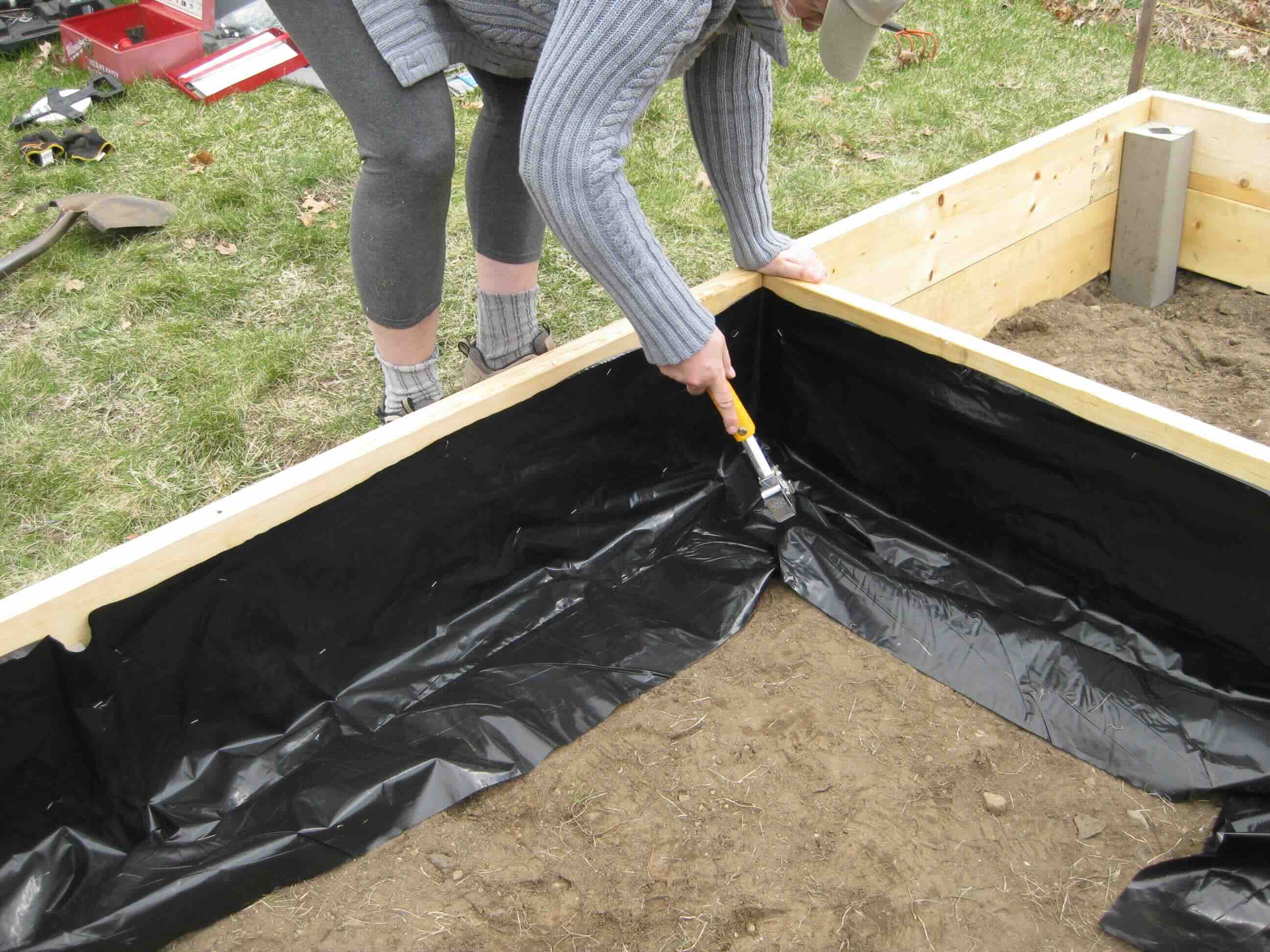
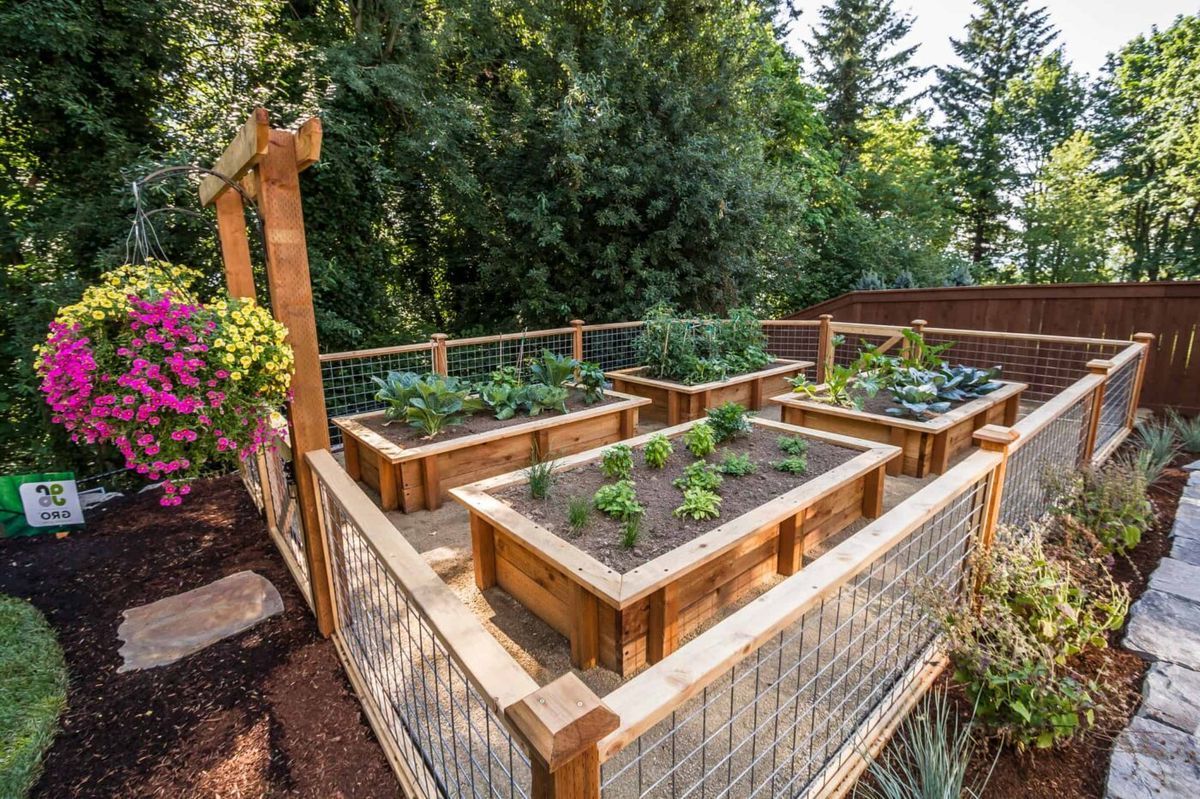
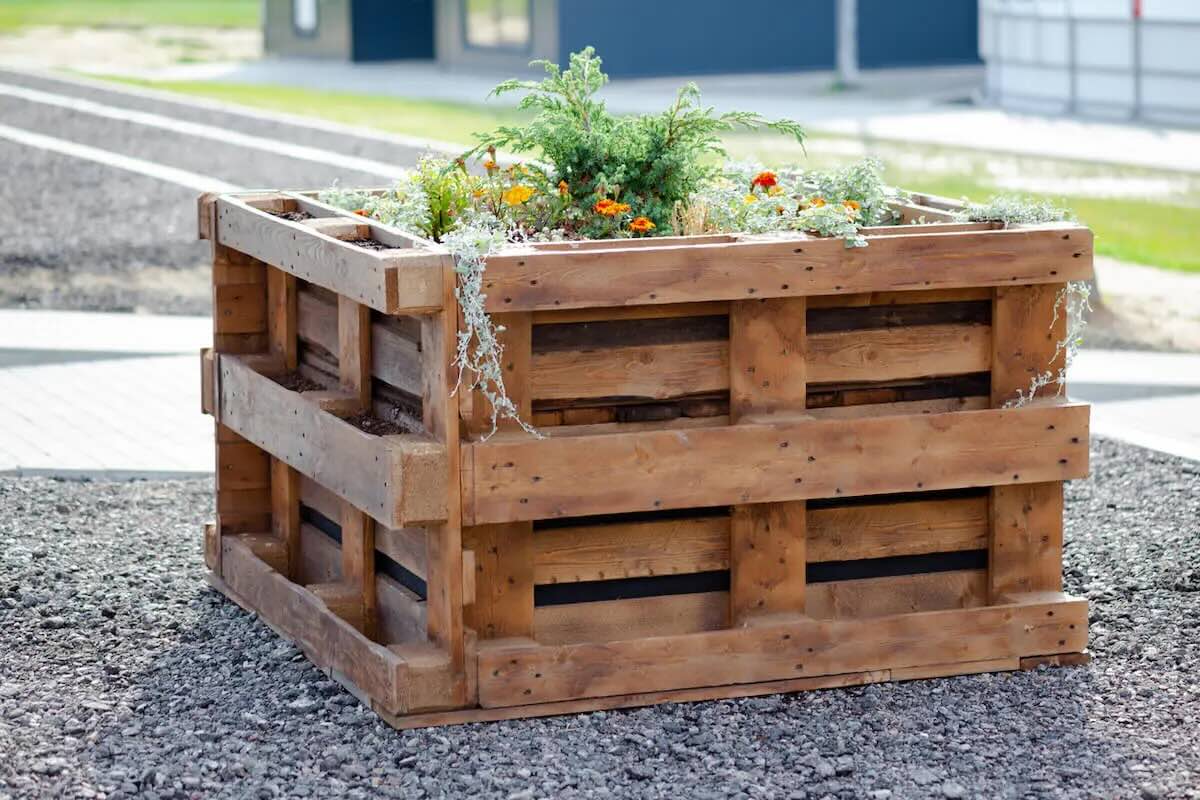
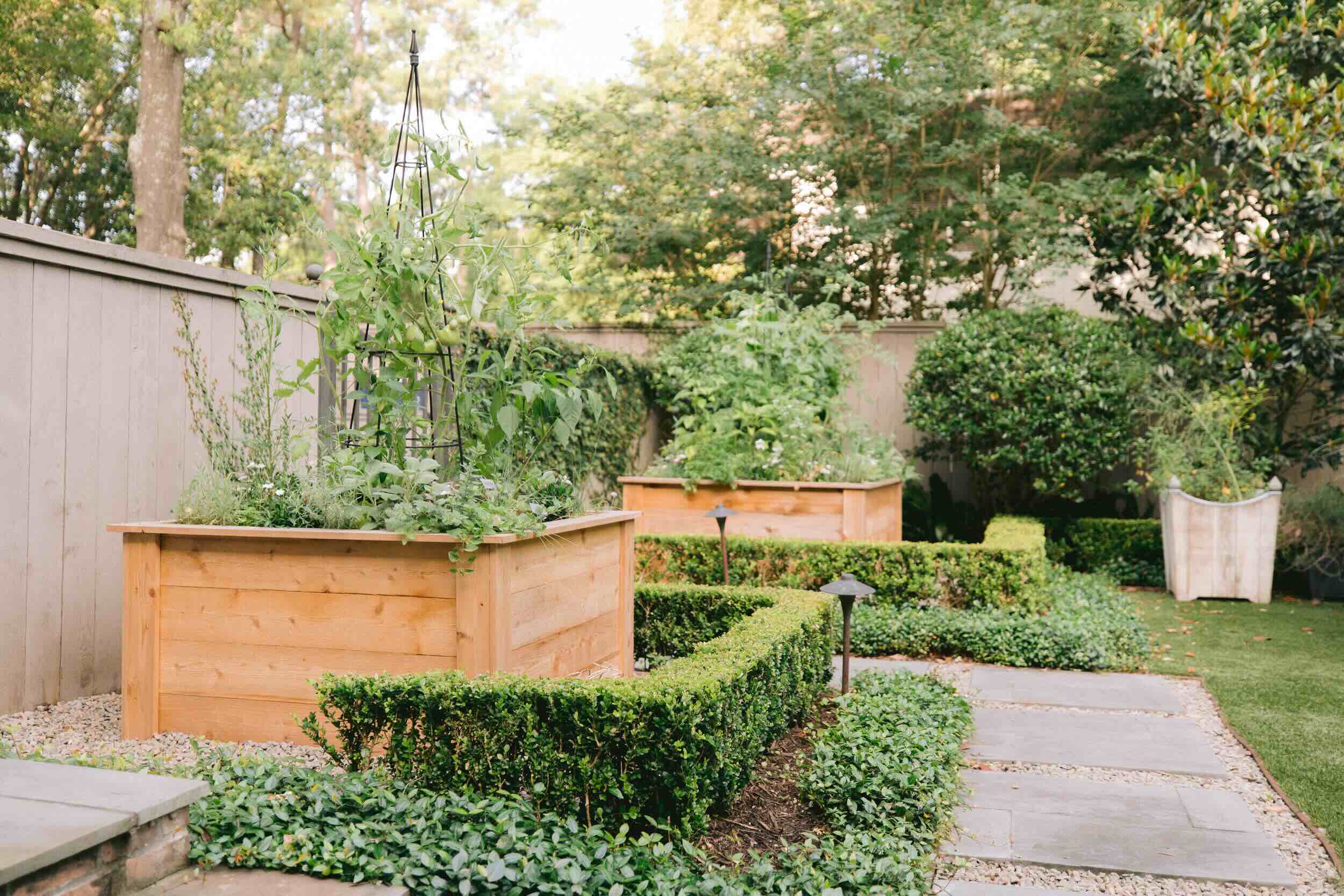
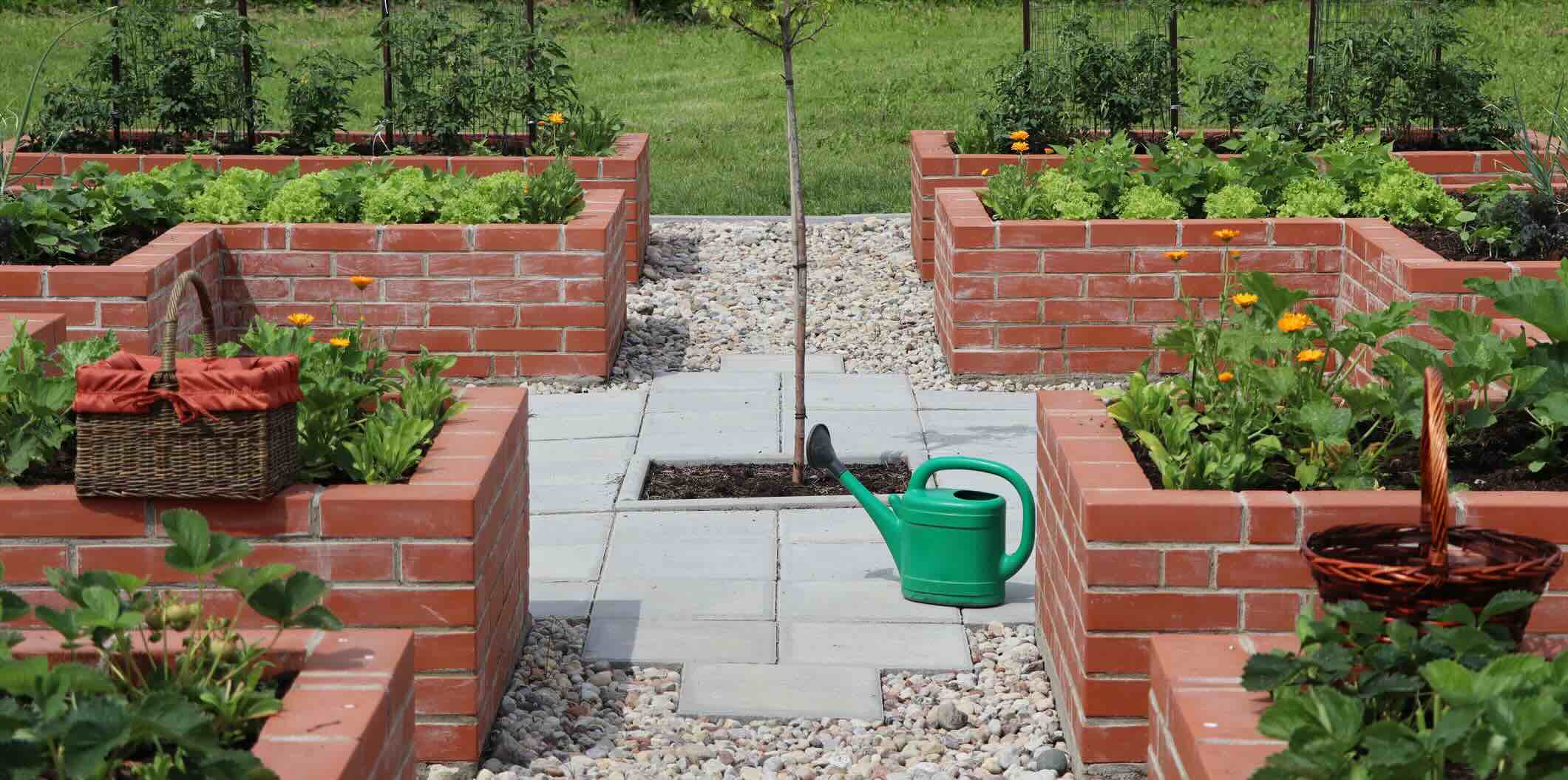
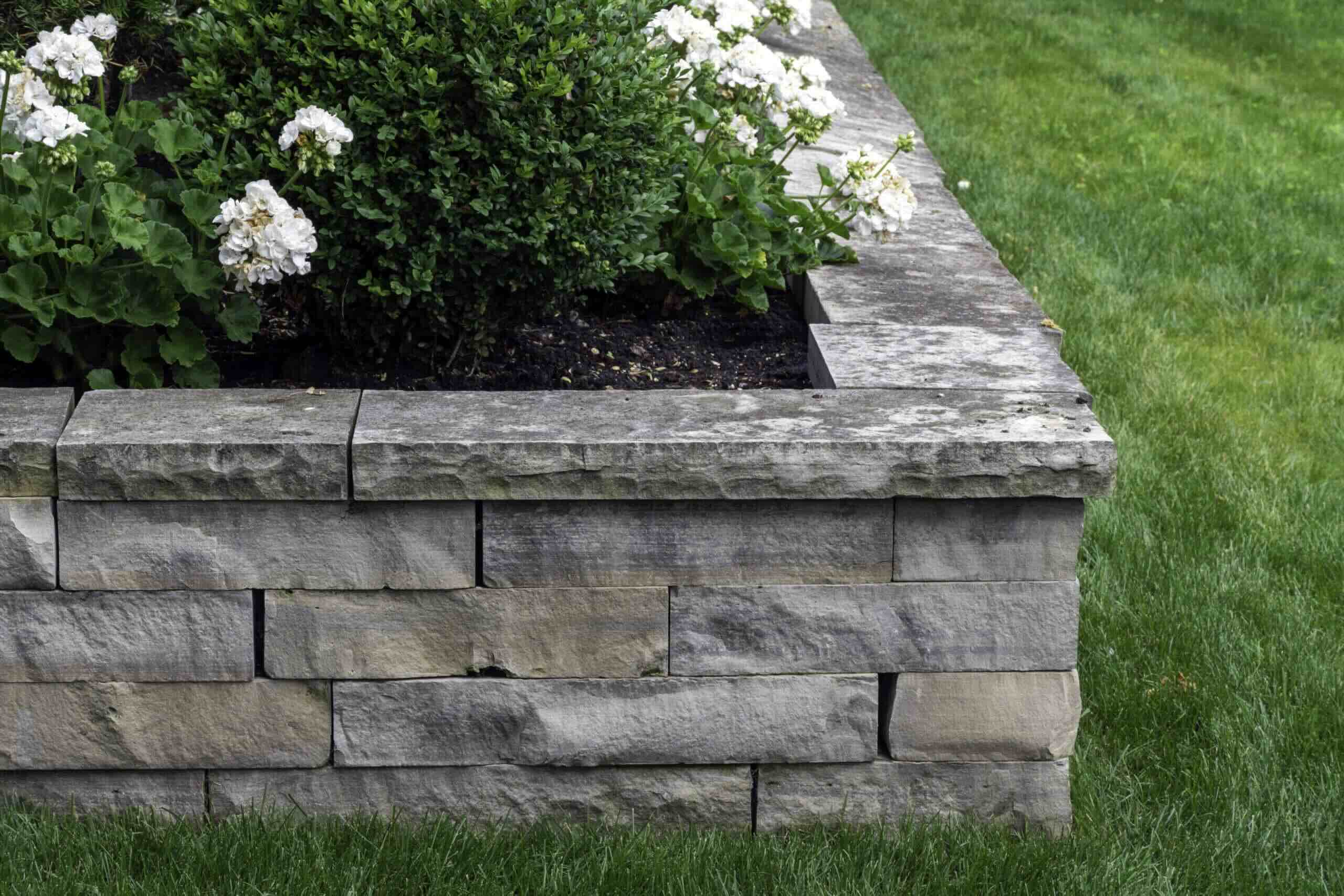
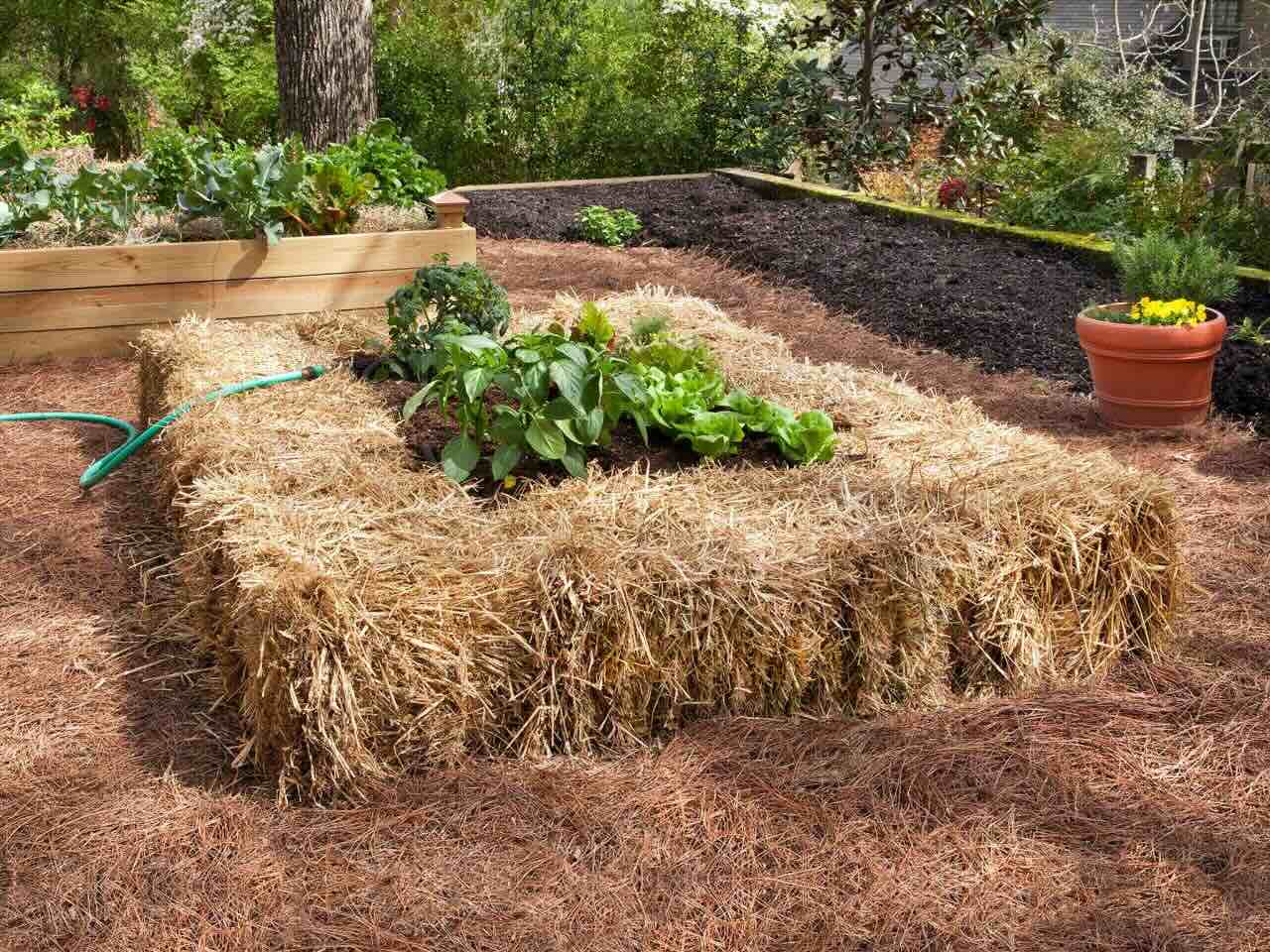
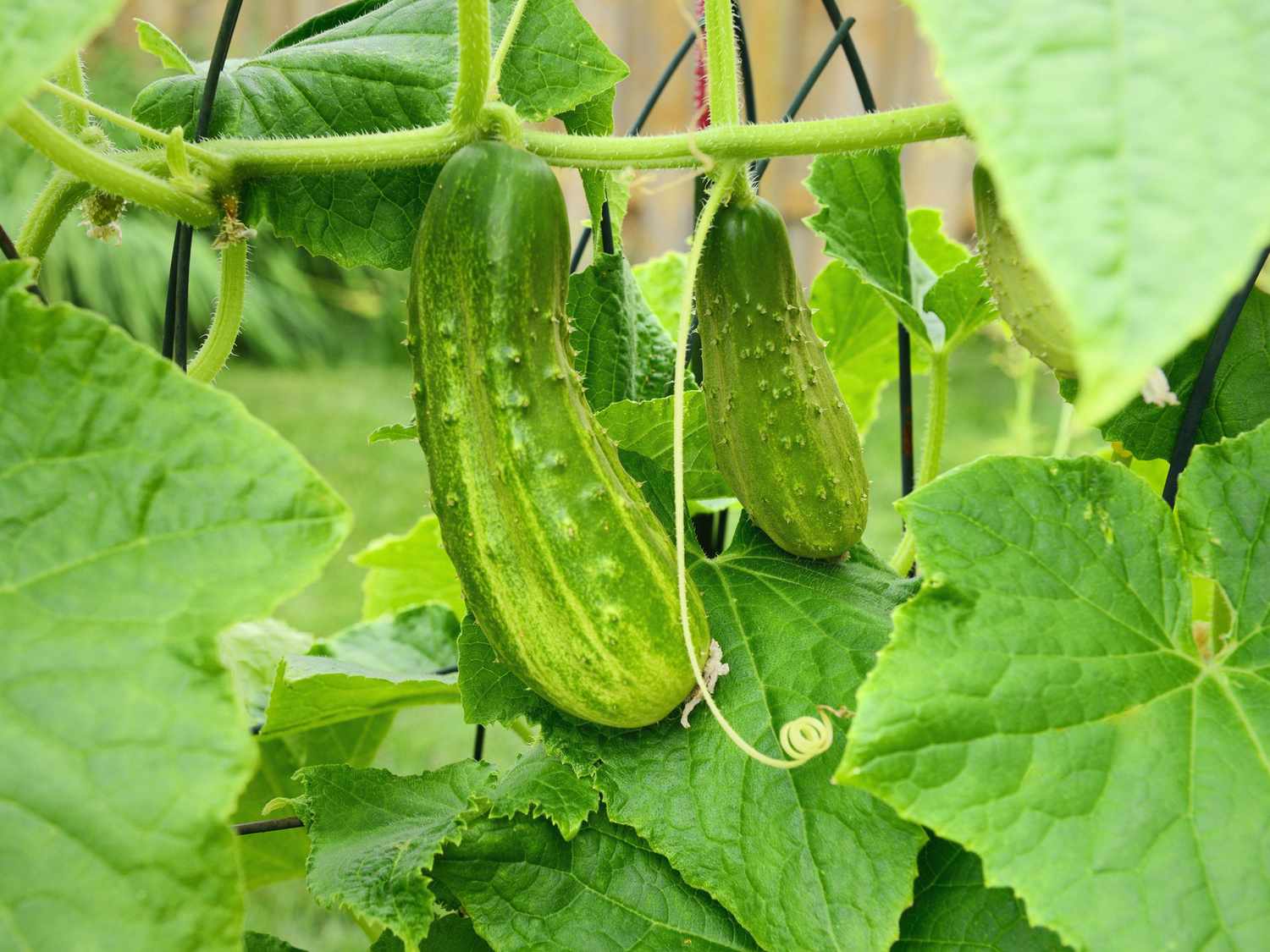

0 thoughts on “How To Design A Raised Bed Vegetable Garden”